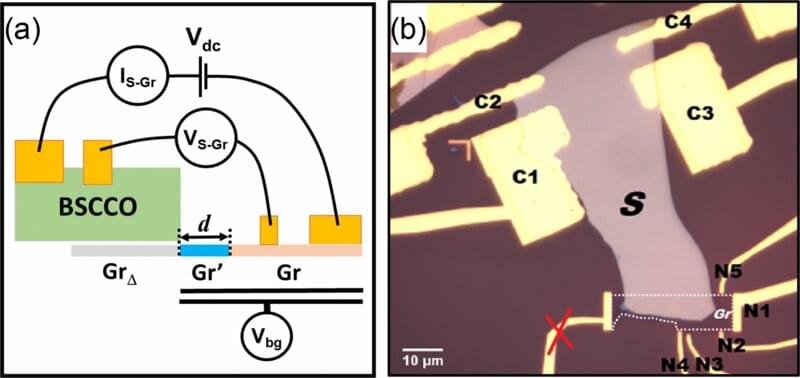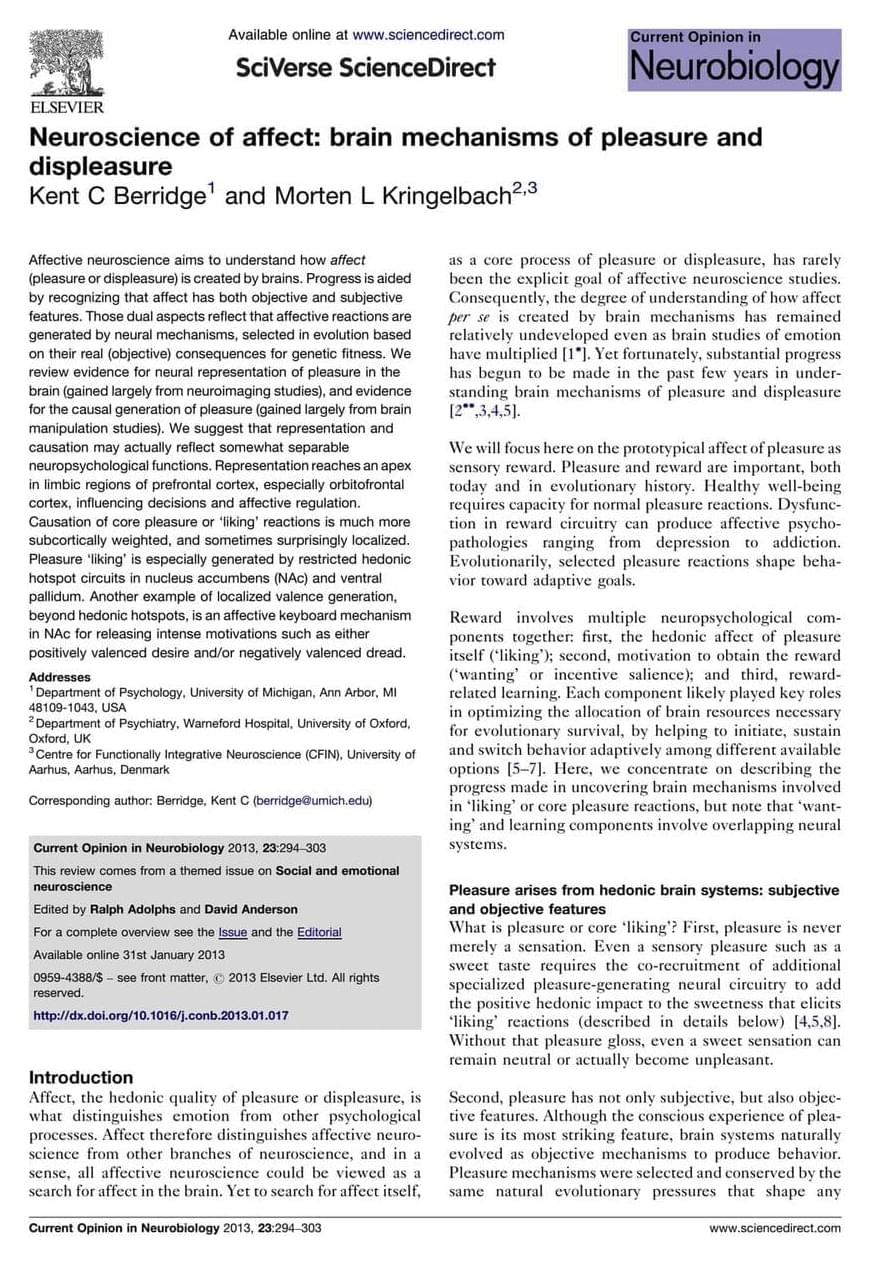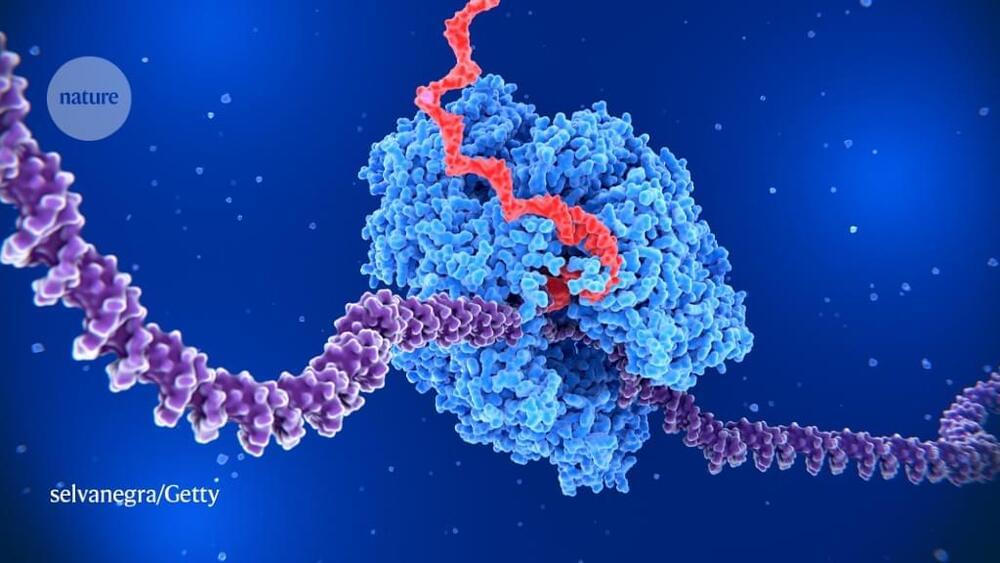This could lead to chat gpt infinite ♾️ ✨️
Machine learning is a fascinating and exciting field within computer science. Recently, this excitement has been transferred to the quantum information realm. Currently, all proposals for the quantum version of machine learning utilize the finite-dimensional substrate of discrete variables. Here we generalize quantum machine learning to the more complex, but still remarkably practical, infinite-dimensional systems. We present the critical subroutines of quantum machine learning algorithms for an all-photonic continuous-variable quantum computer that can lead to exponential speedups in situations where classical algorithms scale polynomially. Finally, we also map out an experimental implementation which can be used as a blueprint for future photonic demonstrations.







